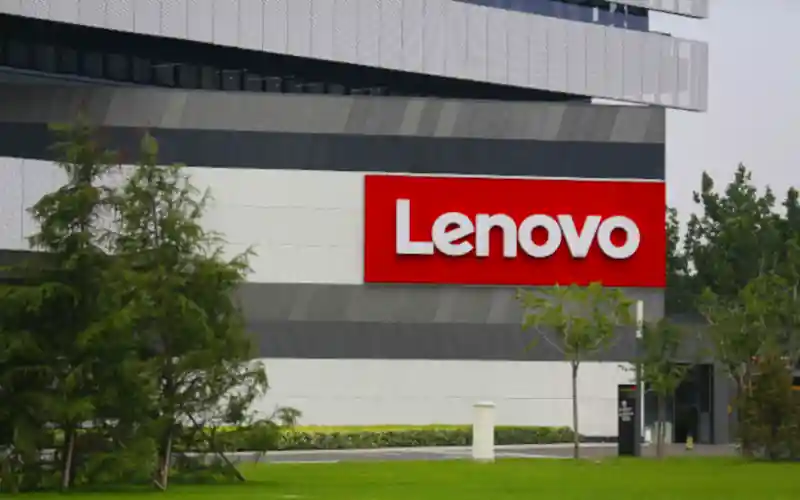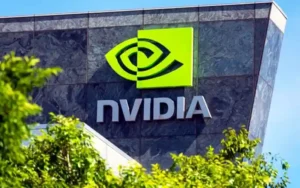Lenovo Posts Strong Q1 Amid Hybrid AI Expansion

- Lenovo reports 22% revenue growth and 108% profit surge in Q1 FY2025/26, driven by hybrid AI strategy, innovation investment, and operational scale.
Financial Highlights and Market Performance
Lenovo Group has announced robust first-quarter results for fiscal year 2025/26, with group revenue rising 22% year-on-year to $18.8 billion. Net income more than doubled to $505 million, while adjusted non-HKFRS net income grew 22% to $389 million, excluding non-cash items tied to warrants and convertible bonds. All major business units delivered double-digit revenue growth, with the PC segment achieving its fastest growth rate in 15 quarters and a record 24.6% global market share. Non-PC revenue also expanded, now accounting for 47% of the group’s mix, reflecting Lenovo’s diversification efforts.
Sales increased across all geographic regions, reinforcing the company’s ability to maintain competitiveness in a volatile global environment. The Intelligent Devices Group (IDG) led with $13.5 billion in revenue, driven by strong demand for AI PCs, which made up over 30% of shipments. Lenovo retained its position as the world’s largest PC maker and ranked first in the Windows AI PC segment with a 31% share. Smartphone revenue rose 14% to $2.2 billion, supported by Motorola’s success in foldable devices.
Strategic Drivers: Hybrid AI, R&D, and Manufacturing
Three core strategies underpinned Lenovo’s performance. First, the company continues to execute its hybrid AI vision, focusing on personal and enterprise AI solutions and expanding its AI PC portfolio. Second, R&D investment increased by over 10% year-on-year, supporting long-term goals such as developing AI twins and enhancing infrastructure capabilities. Third, operational excellence was reinforced through Lenovo’s ODM+ manufacturing model, which combines in-house design and production with global deployment capabilities.
The ODM+ approach allows Lenovo to deliver custom solutions at scale, leveraging its global supply chain and facilities in China, Mexico, Hungary, and the U.S. This model enhances time-to-market and cost efficiency, particularly for hyperscale clients. Lenovo’s “Global/Local” strategy further supports flexibility by integrating global sourcing with localized delivery, helping the company navigate geopolitical and tariff-related challenges. CEO Yuanqing Yang emphasized that these elements collectively enable Lenovo to sustain growth and profitability.
Outlook and Broader Impact
Looking ahead, Lenovo plans to deepen its hybrid AI strategy under the banner of “Smarter AI for All,” with continued innovation in personal and enterprise AI products. The Infrastructure Solutions Group (ISG) reported 36% revenue growth to $4.3 billion, driven by demand for AI infrastructure and liquid cooling solutions. Meanwhile, the Solutions and Services Group (SSG) posted $2.3 billion in revenue, marking its 17th consecutive quarter of growth and maintaining operating margins above 22%. TruScale offerings in infrastructure and device-as-a-service saw double- and triple-digit growth.
Lenovo also reaffirmed its commitment to sustainability, aiming for net-zero emissions by 2050 and earning top ESG recognitions, including EcoVadis Platinum and MSCI AAA ratings. The company climbed 52 spots on the Fortune Global 500 list, now ranking 13th among global tech firms. As AI adoption accelerates, Lenovo’s hybrid strategy positions it to deliver scalable solutions across consumer and enterprise markets. The company’s ability to balance innovation with operational discipline will be key to navigating future market cycles.









